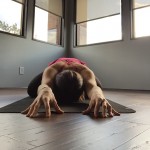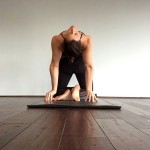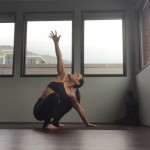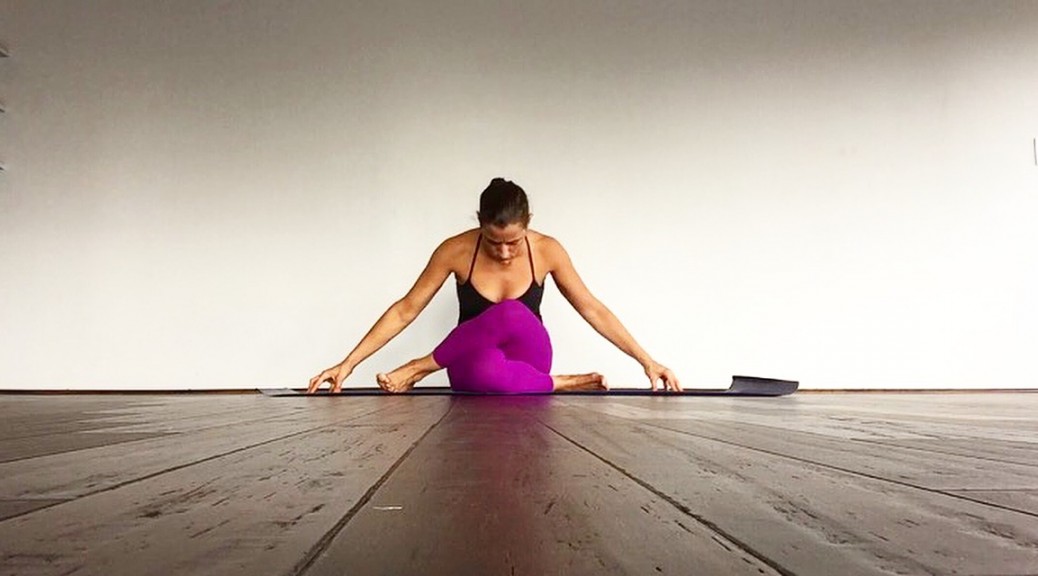This week I took a yoga class with my good friend Ayami. In class she talked about the importance of breath and becoming more aware of our inhales. We spent our practice conscious of our breathing; maintaining slow, long, consistent, and smooth inhales and exhales as we transitioned through the poses and postures.
Afterwards, I began thinking more about the importance of breath and Ujjayi breathing. So this week’s blog is dedicated to Ayami. Thank you for the inspiration.
 Breathing is so important. It not only supplies our bodies with oxygen, vital for our survival, but it is a way for us to rid waste products and toxins from our bodies.
Breathing is so important. It not only supplies our bodies with oxygen, vital for our survival, but it is a way for us to rid waste products and toxins from our bodies.
Oxygen is the most vital nutrient for our bodies. We can do without food for weeks and without water for days, but without oxygen, we will die within a few minutes. The brain requires more oxygen than any other organ. If it doesn’t get enough, the results can be mental sluggishness, body fatigue, poor sleep, irritability, negative thoughts and depression, as well as poor vision and hearing. Plus, people who are oxygen deprived often have lower immune systems and are more susceptible to getting sick (i.e. cold and flu).
As yogis, we practice the importance of breath regularly and have developed various breathing techniques that we like to incorporate throughout our practice. These techniques help us relax the mind, ease our muscles, and support our hearts.
In everyday life, our breathing is often shallow and quick. As a result, we are not taking in sufficient oxygen and are not eliminating sufficient carbon dioxide. When this happens, our bodies become oxygen starved, and toxic build-up can occur. So we need to work on maintaining healthy breathing habits and reverse some of the bad habits we picked up throughout our life. The good news is, it’s easy to work on our breathing and yoga can help. The breathing techniques taught in yoga can support healthier breathing habits.
 The first rule of correct breathing is to breathe through the nose. This may seem obvious, but many people generally breathe through their mouths. Secondly, when we breathe, our inhales should be deep and slow so we can fully fill our lunges. We want our breath to be a steady rhythm so it can help calm our minds and bodies (i.e lowering our heart rate) and bring awareness to the present moment. In addition, deep breathing helps the oxygenation of the brain which reduces anxiety levels. A yoga class is a great place to practice deep breathing, but if you can’t take a class here is a simple and easy breathing exercise that can be done at any time and anywhere.
The first rule of correct breathing is to breathe through the nose. This may seem obvious, but many people generally breathe through their mouths. Secondly, when we breathe, our inhales should be deep and slow so we can fully fill our lunges. We want our breath to be a steady rhythm so it can help calm our minds and bodies (i.e lowering our heart rate) and bring awareness to the present moment. In addition, deep breathing helps the oxygenation of the brain which reduces anxiety levels. A yoga class is a great place to practice deep breathing, but if you can’t take a class here is a simple and easy breathing exercise that can be done at any time and anywhere.
While seated tall-
1) Take a deep inhale through your nose, completely filling the lungs and allowing your chest and abdomen to expand. – Count to 5 as you inhale.
2) Pause/hold your breath for a few seconds at the top.
3) Then exhale through the nose, long and complete.- Count to 5 again.
Maintain a nice steady rhythm and repeat several times.
As you do this, notice how your body begins to feel. Are you less stressed, calm, more aware? The more we consciously practice breath control the sooner we can bring positive changes to our physical, mental, emotional, and spiritual well being.
With practice, you’ll learn to guide your breath; so your breath can guide your practice.
Namaste!

